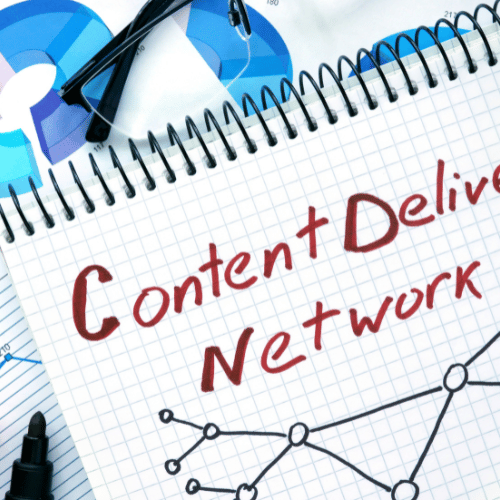What is a CDN?
A Content Delivery Network is a complex infrastructure of servers distributed around the world. The main goal of a CDN is to increase the speed of content delivery and improve the performance of websites. Check out the pros and cons of such a solution.
Advantages
Speed of content delivery
A CDN consists of many servers located around the world. Thanks to this, content such as images, videos or other files are delivered to users from the server closest to their geographical location. This reduces page load times and improves the user experience.
Load tolerance
By distributing content across multiple CDN servers, the load of Internet traffic is distributed, which prevents overloading a single server. In times of high traffic on the site, CDN servers can dynamically adjust to demand, ensuring the stability of the site's operation.
Increased availability
A CDN increases the availability of content by replicating content across multiple servers. If one server fails, others can replace it in content delivery, minimizing downtime and ensuring continuous access to the site.
Server resource savings
Offloading some of the workload to CDN servers can reduce resource requirements on the primary server, which can save money on your IT infrastructure.
Better support for static content
Static content such as images, CSS files, and JavaScript can be served directly from the CDN, reducing the load on the primary server and speeding up delivery to users.
Cons
Costs
Using a CDN can incur additional costs, especially if it requires a subscription to a paid plan. For some businesses, especially small or medium-sized ones, the costs can be a significant burden.
Setup complexity
Setting up a CDN can be complicated, especially for those new to the subject or for sites with more advanced architectures. It requires understanding various parameters and settings, which can be a challenge for those without the necessary experience.
Potential integration issues
Integration with existing systems or IT infrastructure can be time-consuming and complicated. Some applications or sites may require code or configuration adjustments to work effectively with a CDN.
Vendor dependency
There is a risk of CDN vendor dependency. If a CDN service experiences an outage or other technical issue, it can impact the availability of content on a website or app.
Possible geographic location issues
While a CDN will try to direct users to the physically closest server, it doesn’t always work perfectly. For users in areas with poor network infrastructure, content may still be served from distant servers, which can impact load times.
Using a CDN can improve the performance and availability of a website, making it a popular and valuable option for many businesses and web developers. However, it’s worth being aware of the potential downsides and challenges of using it so you can make an informed decision about using it.
